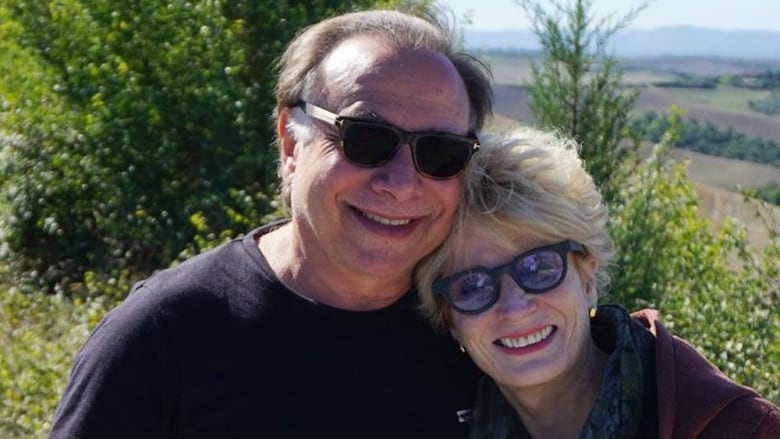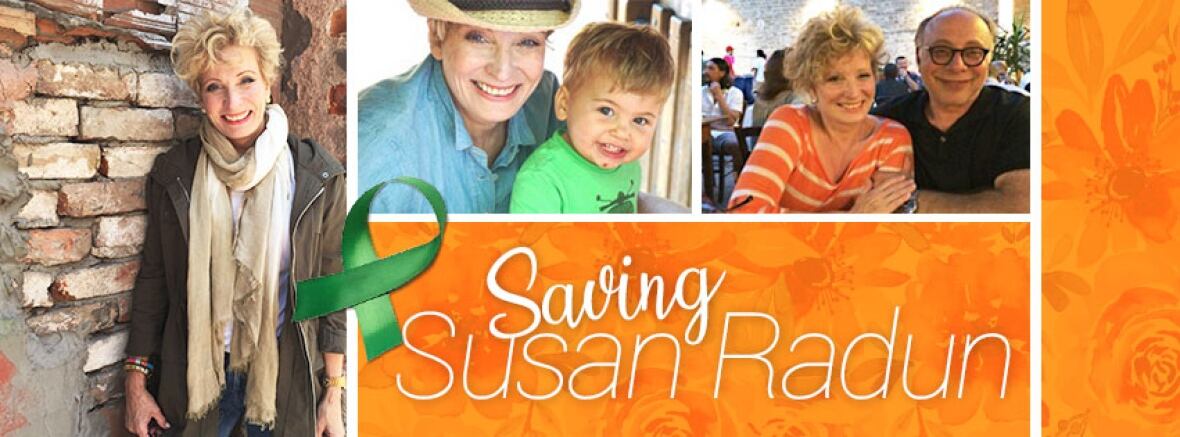Toronto woman's 'only real chance for survival' is to find a living liver donor
Susan Radun is just one of 1,600 Ontarians waiting for an organ transplant

A Toronto-based interior designer, who has survived despite being diagnosed with a rare, fatal liver disease 12 years ago, now needs a transplant from a living organ donor to stay alive.
Susan Radun has Primary Sclerosing Cholangitis — a degenerative disorder that damages the bile ducts in the liver, causing them to thicken and eventually close. There is no known cure, and Radun is worried she could rapidly decline at any time.
"It's anxiety provoking. It's hard to live your life when you've got this looming over you," Radun told CBC Toronto.
Until now, Radun hasn't felt the more extreme effects of the disease. However, she's dealing with symptoms like fatigue, itchiness under her skin, and jaundice, which are all caused by bile running through her bloodstream.
It can take 12 to 15 years before patients like her are considered sick enough to have a liver transplant, Radun said.
"There's a lot of people on the list for liver donation and you have to be very ill to gain priority to receive a liver. People are very close to dying when they are," she said.
"So my only real chance for survival is to have a live donor."

More than 1,600 Ontarians are waiting for an organ transplant. While 33 per cent of people in Ontario are registered to be a donor after their death, as reported by the Trillium Gift of Life Network, there is still a major shortage.
Radun is an O blood type and can only receive from someone with O blood. But since O is the universal donor and there are many people ahead of her on the list, finding a live donor improves her chance of getting the transplant while she is healthy enough to handle the surgery, she said.
The notion of losing my life partner isn't something that I could contemplate.- Josef Ger, Susan Radun's husband
Josef Ger, Radun's husband, created a website and Facebook page called Saving Susan Radun to spread awareness about his wife's condition and try to find people willing to be screened.
The screening process requires seven people to step forward to find the best candidate. None of their family or friends are a match, said Radun.
Radun's donor must also be between the ages of 18 and 60 and in good health. People can apply to be screened through the University Health Network's website.
What many people don't know, Radun said, is that unlike other organs the liver has the extraordinary power to regenerate.
"I think if people knew that they could give a large portion of their liver and have it regrow within a reasonably short period of time, they might be more inclined to step up and help somebody," she said.
Liver donor gets 'rush of joy' when she sees her scar
One person who did step up is Heather Badenoch. She donated part of her liver to a child last year through the University Health Network. She has never met the recipient.
"I didn't need that piece of liver. My body knew what to do when I give that piece of liver away. And that's true of all of us," said Badenoch.
It takes six to eight weeks for the donor to recover from the operation, she said.
"I have a little four-inch scar and I get to see that a few times a day and the rush of joy is always still there at knowing there's a person out there who may not have gotten the organ they needed but did," she said.